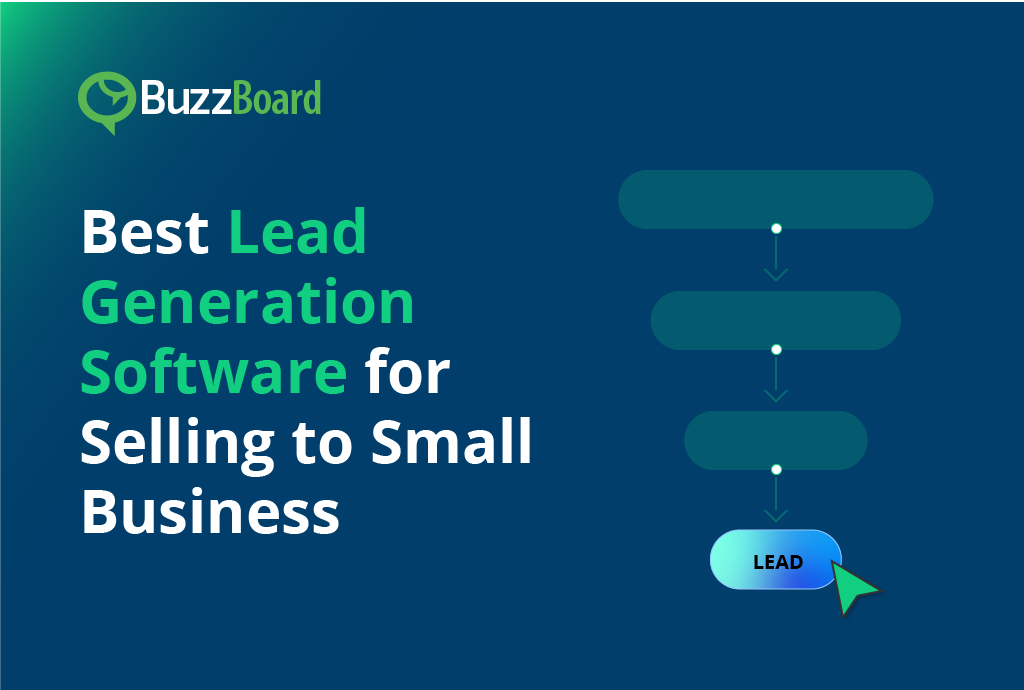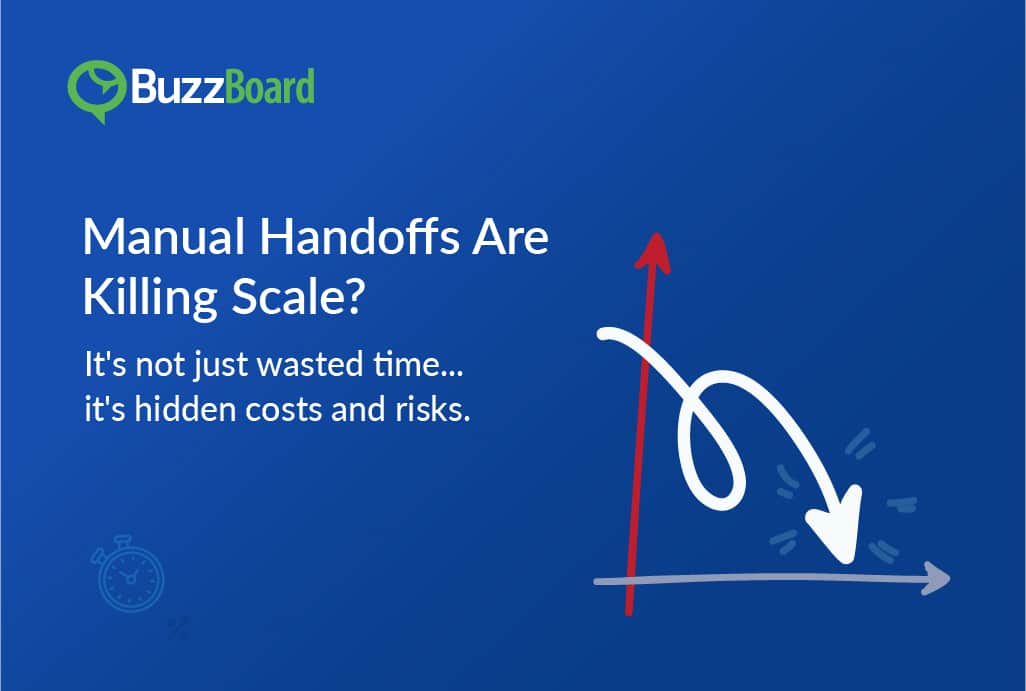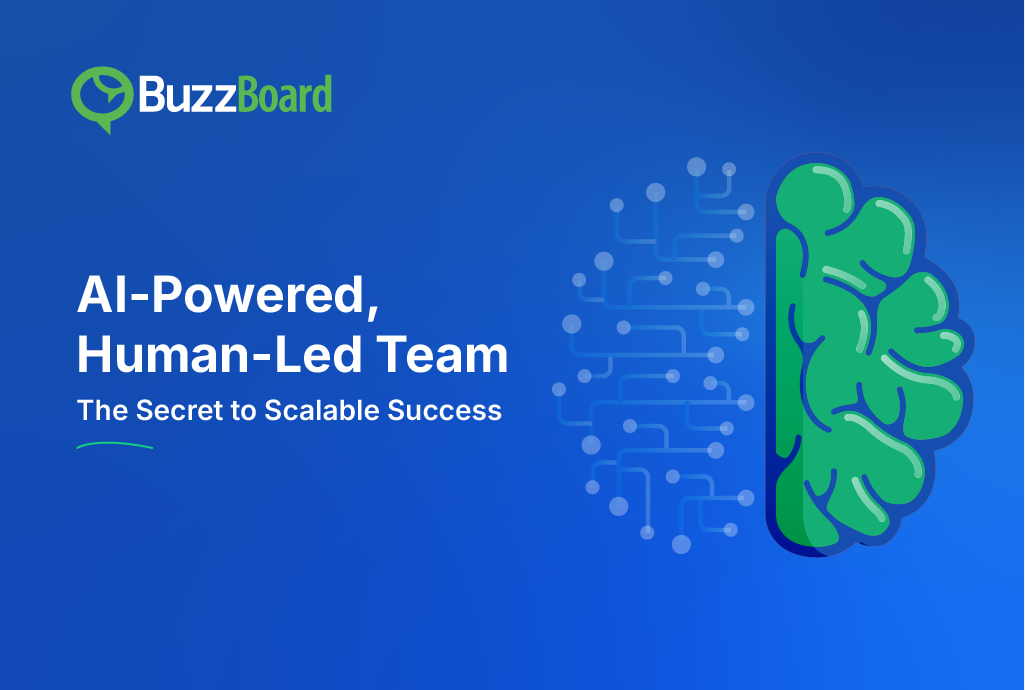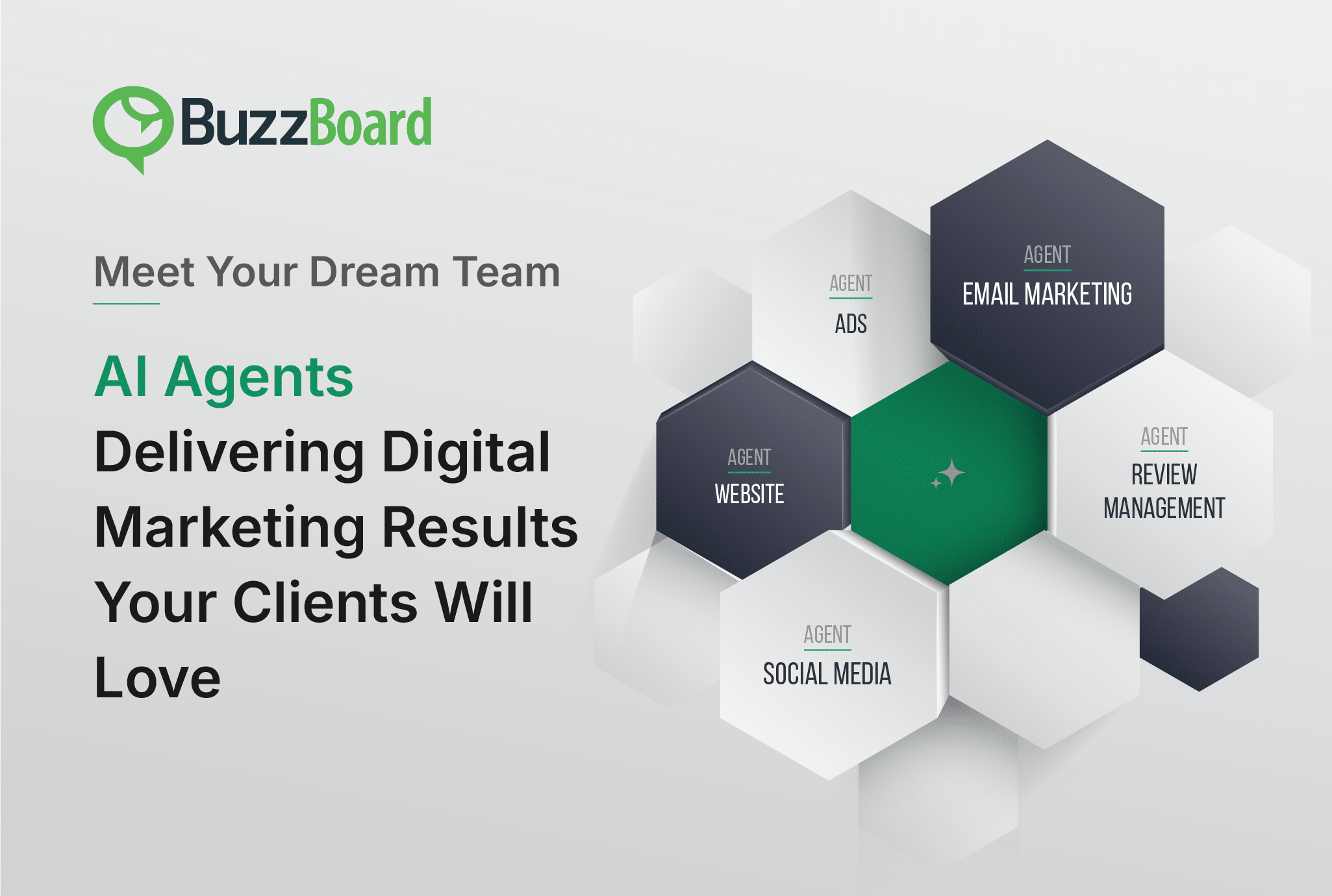What are the best lead generation software for selling to small businesses? According to industry experts, the top lead generation software for small business sales include BuzzBoard Ignite, HubSpot, Pipedrive, and Mailchimp. These platforms offer a range of features such as email marketing automation, CRM integration, and personalized lead scoring to help businesses generate high-quality leads and close more deals. In this article, we’ll explore the top lead generation software for small business sales, including their key features, pricing, and user reviews.
Lead Generation for Selling to Small Business
Identifying and nurturing qualified leads is crucial for sales success, particularly when targeting the small business (SMB) market. The SMB sector is characterized by a diverse range of companies, each with unique needs, challenges, and buying behaviors. As a result, sales teams must be equipped with the right tools and strategies to effectively engage with these prospects and convert them into loyal customers.
Software-as-a-Service (SaaS) lead generation tools have emerged as a powerful solution for sales teams seeking to streamline their processes, automate tasks, and drive sales growth. These innovative tools leverage advanced technologies such as artificial intelligence, machine learning, and data analytics to help sales teams identify, qualify, and nurture leads more efficiently.
However, with the proliferation of SaaS lead generation tools on the market, selecting the right software for your business can be a daunting task. It is essential to carefully consider several key factors to ensure that you choose a solution that meets your specific needs and goals.
First and foremost, it is crucial to define your target audience and identify the specific pain points and challenges that your product or service can address. This will enable you to select a SaaS lead generation tool that is tailored to your target market and can help you effectively engage with potential customers.
Another critical factor to consider is the level of automation and customization that the SaaS lead generation tool offers. Look for a solution that can automate repetitive tasks, such as data entry and lead qualification, while also providing the flexibility to customize workflows and campaigns to suit your unique sales strategy.
Data quality and accuracy are also essential considerations when selecting a SaaS lead generation tool. The tool should be able to provide high-quality, accurate, and up-to-date contact information, as well as robust data analytics and reporting capabilities to help you track and measure the effectiveness of your campaigns.
Integration with your existing sales tools and systems is another key factor to consider. Ensure that the SaaS lead generation tool can seamlessly integrate with your CRM, marketing automation platform, and other sales tools to provide a unified view of your sales pipeline and enable efficient collaboration between teams.
Scalability and flexibility are also important considerations when selecting a SaaS lead generation tool. The tool should be able to grow with your business, providing the ability to handle increased volumes of leads and data without compromising performance or accuracy.
Finally, it is essential to evaluate the level of customer support and training provided by the SaaS lead generation tool vendor. Look for a solution that offers comprehensive training and support resources, including online tutorials, webinars, and dedicated customer support teams, to ensure that you can quickly and easily get up and running with the tool.
By carefully considering these key factors and selecting the right SaaS lead generation tool for your business, you can streamline your sales processes, automate tasks, and drive sales growth in the competitive SMB market.
Understanding the Needs of Small Business
To successfully sell products and services to small and medium-sized businesses (SMBs), it’s essential to gain a deep understanding of their unique needs and pain points. SMB decision-makers often face significant challenges when it comes to implementing new technology solutions or selecting vendors, as they typically lack the resources and scale of larger companies. This means that they require cost-effective solutions that can be easily integrated into their existing operations, with user-friendly interfaces that minimize the need for extensive training or technical expertise.
In particular, SMBs often prioritize solutions that can deliver quick wins and measurable results, as they may not have the luxury of investing in long-term projects with uncertain returns. As a result, vendors that can demonstrate tangible benefits and ROI within a short timeframe will be more likely to resonate with SMB decision-makers.
When identifying products and services that cater to the specific needs of SMBs, it’s crucial to consider the following key factors:
- Cost-effectiveness: SMBs are often operating on tight budgets, so they require solutions that are affordable and offer a clear return on investment.
- Ease of use: SMBs typically lack the resources to invest in extensive training or technical support, so software with user-friendly interfaces and minimal setup requirements will be more appealing.
- Scalability: As SMBs grow and evolve, their software solutions must be able to adapt and scale accordingly. Look for software that offers flexible pricing models and can accommodate changing business needs.
- Quick wins: SMBs are often looking for solutions that can deliver immediate results, so software that can demonstrate tangible benefits within a short timeframe will be more attractive.
- Measurable results: SMBs require clear metrics and data to measure the effectiveness of their software solutions. Look for software that offers robust reporting and analytics capabilities to help SMBs track their progress and make data-driven decisions.
- Integration: SMBs often have existing systems and processes in place, so software that can seamlessly integrate with these systems will be more appealing.
- Support: SMBs may not have the same level of technical expertise as larger companies, so software vendors that offer dedicated support and training will be more attractive.
By considering these factors and identifying software that caters to the specific needs of SMBs, you can maximize the effectiveness of your sales team and increase the chances of closing deals.
Lead Generation Strategies
When evaluating a lead generation software, it’s essential to assess the strategies your team currently employs to attract and nurture leads. This includes both inbound marketing tactics that draw qualified leads to your website, as well as outbound prospecting efforts such as cold calling and email campaigns.
Inbound marketing strategies typically involve creating valuable content, such as blog posts, whitepapers, and webinars, that attract potential customers to your website. This approach focuses on building trust and establishing your brand as a thought leader in your industry. Inbound marketing tactics can include search engine optimization (SEO), social media marketing, and content marketing.
On the other hand, outbound prospecting efforts involve actively reaching out to potential customers through various channels, such as cold calling, email campaigns, and direct mail. This approach is often used to target specific companies or individuals with tailored messages and offers.
When selecting a lead generation software, it’s crucial to consider whether the tool is designed to support your existing lead generation strategies. Some software may excel in specific areas, such as inbound marketing or outbound prospecting, while others may offer a comprehensive suite of tools that cater to multiple strategies.
For instance, if your team relies heavily on inbound marketing, you may want to look for a software that offers advanced SEO optimization, content management, and analytics tools. On the other hand, if your team prioritizes outbound prospecting, you may want to consider a software that provides robust contact management, email automation, and sales intelligence features.
Aligning the software’s capabilities with your existing lead generation efforts ensures seamless integration and optimal results. This means that the software should be able to:
- Integrate with your existing marketing automation platforms and CRM systems
- Provide data and analytics that help you track the effectiveness of your lead generation efforts
- Offer customizable workflows and automation rules that cater to your specific lead generation strategies
- Support multiple channels and touchpoints, such as email, phone, and social media
- Provide real-time alerts and notifications to help you respond quickly to new leads and opportunities
By selecting a lead generation software that aligns with your existing strategies and capabilities, you can streamline your lead generation process, improve your conversion rates, and ultimately drive more revenue for your business.
Budgetary Constraints
When it comes to SMB-focused sales teams, budget constraints are a common challenge. To overcome this hurdle, it’s essential to choose a SaaS lead generation software that offers a scalable pricing model. This type of pricing structure allows you to pay only for the features your team needs, without breaking the bank. However, with numerous options available, it’s crucial to carefully evaluate different pricing structures to ensure you’re getting the best value for your money.
When assessing pricing structures, consider the following key factors:
- User Tiers: Look for a solution that offers tiered pricing based on the number of users. This way, you can scale your usage as your team grows, without being locked into a fixed plan.
- Feature Add-ons: Identify the features that are essential to your team’s success and look for a solution that offers add-ons or à la carte pricing for these features. This will allow you to pay only for what you need, rather than being forced to purchase a comprehensive package.
- Contract Lengths: Consider the contract length and flexibility offered by the SaaS lead generation software. Look for a solution that offers flexible contract terms, such as month-to-month or annual contracts, to ensure you’re not locked into a long-term commitment.
- Free Trials or Freemium Plans: Opting for a solution with a free trial or freemium plan allows your team to test-drive the software before committing financially. This is an excellent way to evaluate the software’s features, user interface, and overall value before making a purchase decision.
By carefully evaluating these factors, you can find a SaaS lead generation software that meets your team’s needs and budget constraints. Additionally, consider the following best practices when selecting a SaaS lead generation software:
- Look for a solution that offers transparent pricing and no hidden fees.
- Evaluate the software’s scalability and flexibility to ensure it can grow with your team.
- Consider the level of customer support and training offered by the software provider.
- Read reviews and testimonials from other customers to get a sense of the software’s effectiveness and reliability.
By taking the time to carefully evaluate different pricing structures and considering the factors mentioned above, you can find a SaaS lead generation software that helps your SMB-focused sales team generate high-quality leads and drive revenue growth, all within your budget constraints.
Ease of Use and User Adoption
Effective software implementation is crucial for achieving optimal results, regardless of its sophistication. However, even the most advanced tools can fall short if your team struggles to use them due to complexity, poor navigation, or inadequate training. To avoid this common pitfall, it is essential to prioritize solutions with intuitive interfaces and clear navigation. A user-friendly interface allows your team to quickly grasp the software’s functionality, reducing the learning curve and increasing the likelihood of successful adoption.
In addition to an intuitive interface, seamless integration with existing systems is also vital. If your team is already using a CRM (Customer Relationship Management) system, it is crucial to find software that can integrate with it effortlessly. This ensures that all data is centralized, and your team can access the information they need to make informed decisions. Moreover, integration with existing systems can automate many tasks, freeing up your team to focus on high-value activities.
To ensure a smooth transition to the new software, it is essential to invest in comprehensive onboarding and training resources provided by the software vendor. A well-planned onboarding process should include a combination of online tutorials, webinars, and personalized support to help your team get up to speed quickly. This not only saves time and resources but also increases the chances of successful adoption.
High user adoption rates are a key indicator of a software’s effectiveness. When your team is comfortable using the software, they are more likely to generate leads, close deals, and drive revenue growth. Conversely, low adoption rates can lead to decreased productivity, increased frustration, and ultimately, a negative impact on sales performance.
To achieve high user adoption rates, it is essential to prioritize software that is designed with the user in mind. Look for solutions that offer:
- Intuitive interfaces that are easy to navigate
- Seamless integration with existing systems
- Comprehensive onboarding and training resources
- Personalized support and customer service
- Regular updates and maintenance to ensure the software remains relevant and effective
By prioritizing software that meets these criteria, you can ensure that your team is equipped to achieve their goals and drive business success.
Data Management and Analytics
In the realm of lead generation, data is the lifeblood that fuels successful campaigns and drives conversions. To maximize the effectiveness of your lead generation strategy, it’s essential to invest in software that offers robust data management capabilities. This means being able to segment your leads based on a wide range of criteria, including demographics, industry, firmographics, firm size, job function, and more. By doing so, you’ll be able to target your marketing efforts with precision, increasing the likelihood of connecting with potential customers who are most likely to convert.
In-depth analytics are also a critical component of a comprehensive lead generation strategy. By tracking lead activity, you’ll be able to measure the effectiveness of your campaigns, identify areas for improvement, and make data-driven decisions to optimize your approach. This includes tracking metrics such as lead volume, conversion rates, response rates, and cost per lead, as well as monitoring the performance of different channels, such as email, social media, and paid advertising.
The ability to generate insightful reports is also a crucial aspect of lead generation software. These reports should provide a clear and concise overview of your lead generation efforts, including metrics such as lead quality, lead velocity, and sales-ready leads. By having access to this data, your sales team will be empowered to make informed decisions about which leads to pursue, and which to abandon. This will help to ensure that your sales team is focusing on the most promising leads, and maximizing their chances of conversion.
Furthermore, the ability to generate custom reports will allow your sales team to drill down into specific aspects of your lead generation efforts, such as lead source, lead behavior, and lead scoring. This will enable them to identify trends and patterns that may not be immediately apparent, and make data-driven decisions to optimize their approach.
In addition, the ability to integrate your lead generation software with other tools and systems will also be crucial. This could include integrating with your CRM, marketing automation platform, and sales enablement tools, to name a few. By having all of your data and analytics in one place, you’ll be able to get a complete picture of your lead generation efforts, and make more informed decisions about how to optimize your approach.
Ultimately, the right lead generation software will provide you with the insights and data you need to drive conversions, grow your business, and stay ahead of the competition. By investing in software that offers robust data management capabilities, in-depth analytics, and insightful reporting, you’ll be able to make data-driven decisions, optimize your lead generation efforts, and achieve your business goals.
Scalability and Future Growth: A Critical Consideration
As your sales team grows and expands its reach into new markets, it’s essential to choose a lead generation software that can accommodate this growth. A scalable solution will enable you to add users, upgrade to higher tiers, and adapt to changing business needs without compromising performance or functionality. Cloud-based solutions are particularly well-suited for scalability, offering on-demand access and automatic updates without requiring additional IT resources. This flexibility is critical for businesses that experience rapid growth or fluctuating demand.
Moreover, a scalable solution should be able to handle increased data volumes, processing power, and storage requirements. This may involve features such as load balancing, auto-scaling, and data compression. By choosing a scalable solution, you’ll be able to ensure that your lead generation efforts remain efficient and effective, even as your business grows.
Security and Compliance: Protecting Your Leads and Business
Data security is a top priority in today’s digital landscape, particularly when dealing with sensitive customer information. It’s essential to ensure that the chosen software complies with relevant data privacy regulations, such as GDPR, HIPAA, and CCPA. Look for solutions that offer robust security features, including:
- Encryption protocols to safeguard data in transit and at rest
- Multi-factor authentication to prevent unauthorized access
- Secure data centers and servers
- Regular security audits and penetration testing
- Compliance with industry standards and certifications, such as SOC 2 and ISO 27001
By prioritizing data security and compliance, you’ll be able to protect your leads, customers, and business from potential data breaches and reputational damage.
Vendor Support and Integration: Seamless Collaboration
Reliable vendor support is critical for any ongoing software solution. Evaluate the quality and availability of support options offered by the vendor, including:
- Phone, email, and live chat support channels
- Access to searchable knowledge bases and online tutorials
- Dedicated account management and priority support for high-priority issues
- Regular software updates and maintenance
Additionally, consider the software’s ability to integrate with your existing marketing automation tools, email platform, or social media management system. Seamless integration streamlines workflows, facilitates a more cohesive sales and marketing strategy, and enables real-time data synchronization. Look for solutions that offer pre-built integrations or APIs to simplify the integration process.
By choosing a lead generation software that offers scalable, secure, and integrated solutions, you’ll be able to ensure that your sales team is equipped to succeed, even as your business grows and evolves.
Free Trials and Demos
Many SaaS lead generation software vendors offer free trials or demo periods. Use these opportunities to evaluate the software firsthand. Have your sales team test-drive the features, assess user-friendliness, and gauge how well it aligns with their specific workflow needs. Leverage demos to ask questions and ensure the platform fulfills your expectations before committing financially.
By carefully considering these factors, sales leaders can confidently select the best lead generation software for their team, specifically when targeting the dynamic and ever-evolving SMB market. Investing in the right tools will empower your sales team to identify and nurture qualified leads more effectively, ultimately driving sales growth and propelling your business forward. Remember, a well-integrated lead generation software solution will serve as a powerful asset in helping your team convert more prospects into satisfied SMB customers.










